Agates and Other Collectibles of the Pacific Coast: The Guide for Your Beachcombing Adventure
The Pacific Coast’s beaches enjoy a wealth of natural collectibles, but few are as popular or enigmatic as agates. From southern California to Puget Sound, these little banded gemstones are easy to find, collect, and identify—once you know what you’re looking for. Dan R. Lynch’s guide is a great tool to identify the many Agates and Other Collectibles of the Pacific Coast.
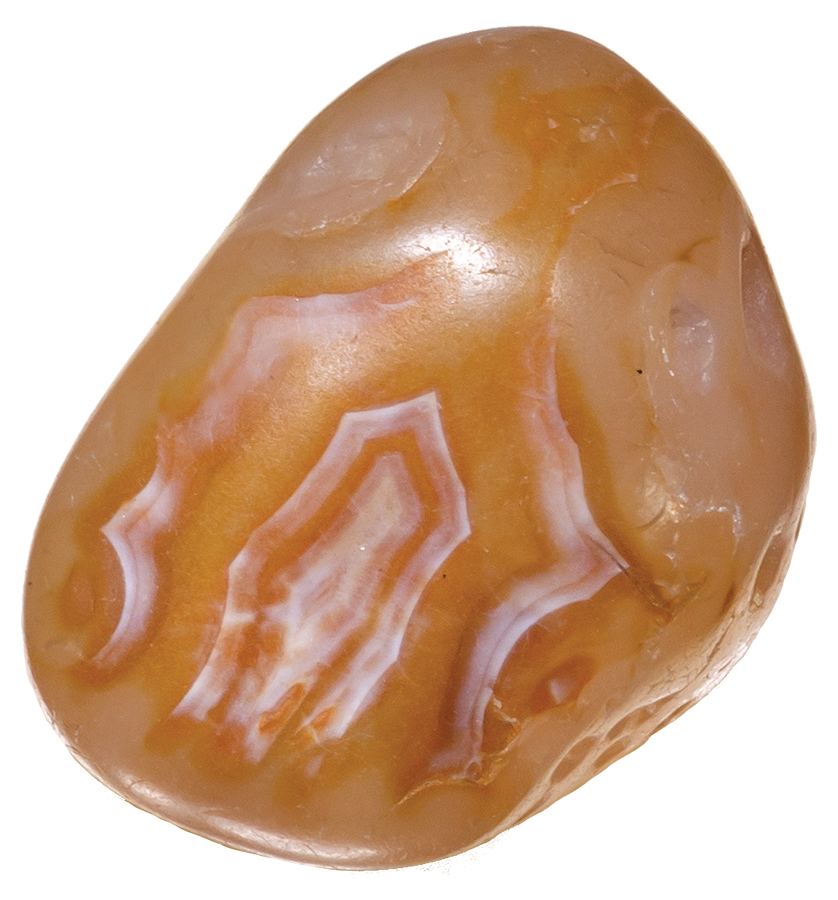
While certain regions along the coast produce more agate specimens than others, the stones’ toughness means that they can survive the harsh wind and waves of the Pacific Ocean and can be transported far from their sources to more distant shores.
From Mexico to Canada, agates are something beachcombers should always be on the lookout for. Remember that they can turn up almost anywhere along the coast.
More Beachcombing Treasures
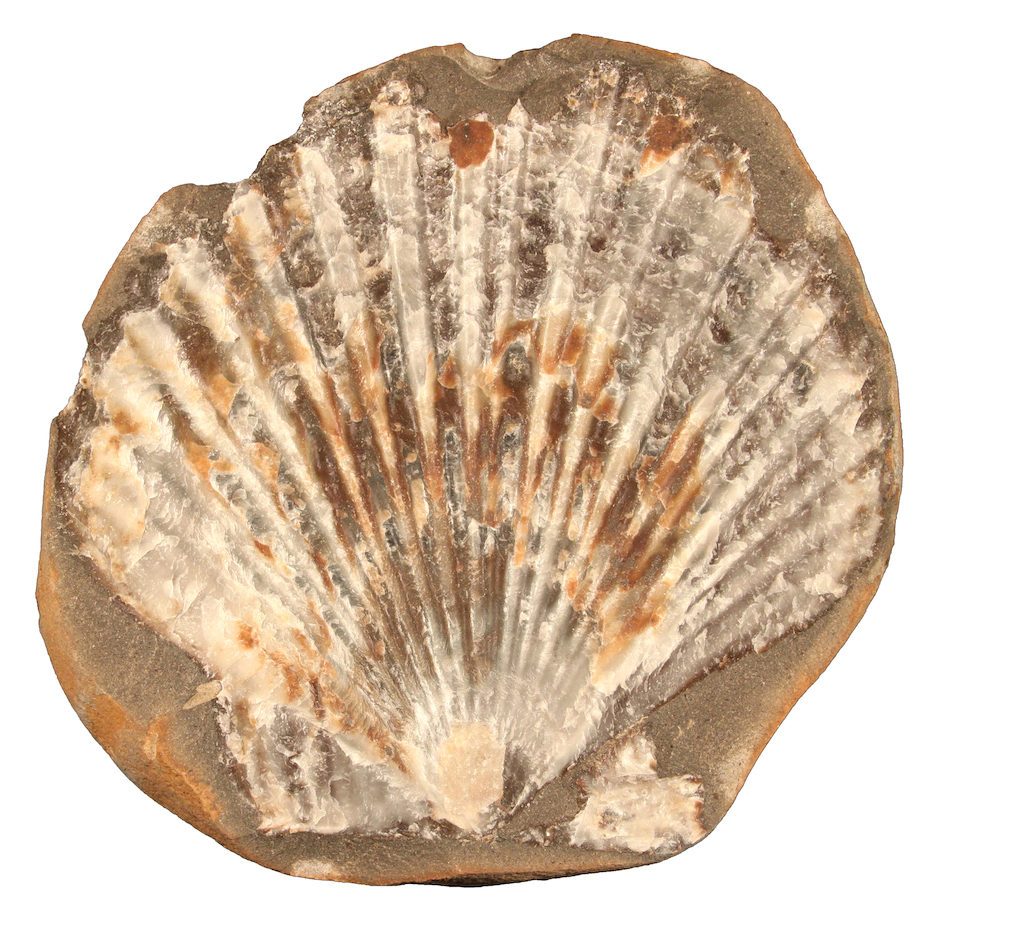
There are many other beachcombing treasures to consider, such as petrified (fossilized) wood and fossils. It should come as no surprise that the Pacific Coast is home to fossils of ancient marine life, particularly shellfish.
From snails to scallops, the coast’s sandstone, shale, and limestone—all rocks of aquatic origin—can contain the hard, mineralized remains of ancient sea animals. Shells are often visible in rocks as small curved structures; carefully breaking the rock can reveal more of the shell within.
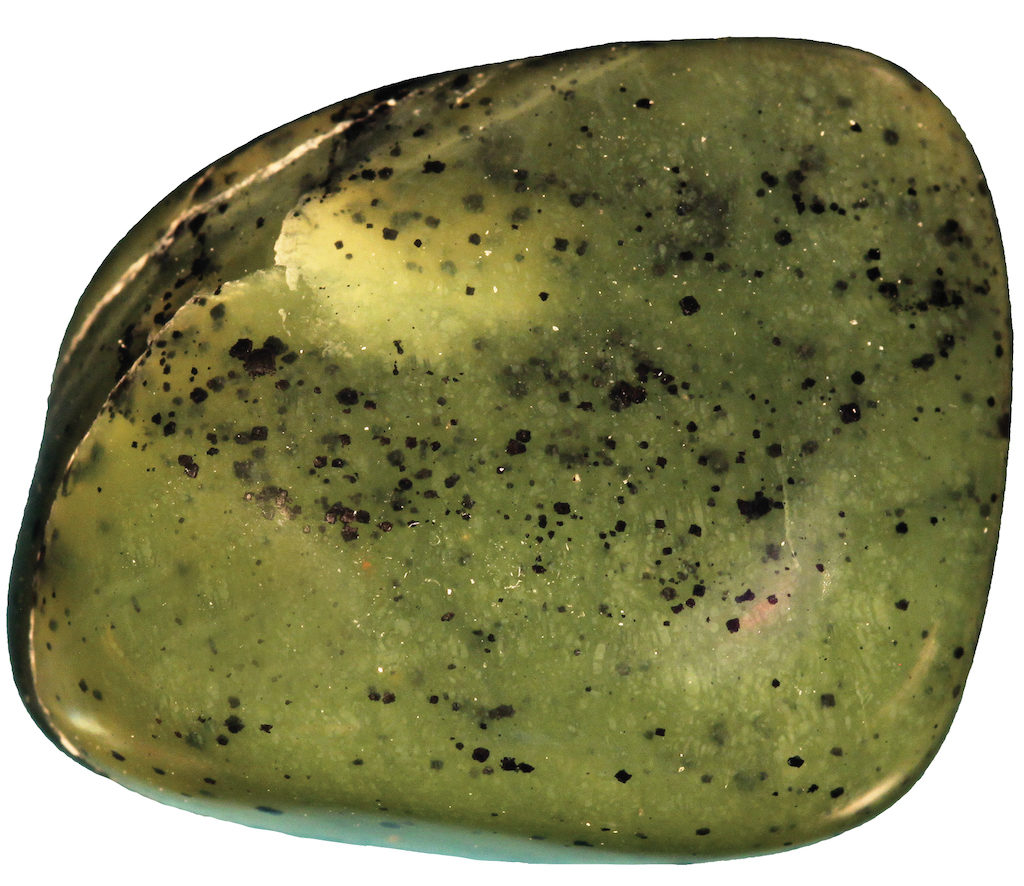
A long-favored collectible, jade is one of the rarer treasures available to Pacific beachcombers. Famed for its color and how easy it is to carve and shape, the name “jade” actually refers to two separate minerals—jadeite and nephrite (nephrite is actually the name for the gem variety of the mineral actinolite)—which share a similar appearance.
One of the world’s most common minerals, calcite is found in a wide range of geological environments and is quite common on beaches in various forms. It frequently develops as white masses or veins within other rocks, but it is so soft that it easily weathers and wears away on active beaches.
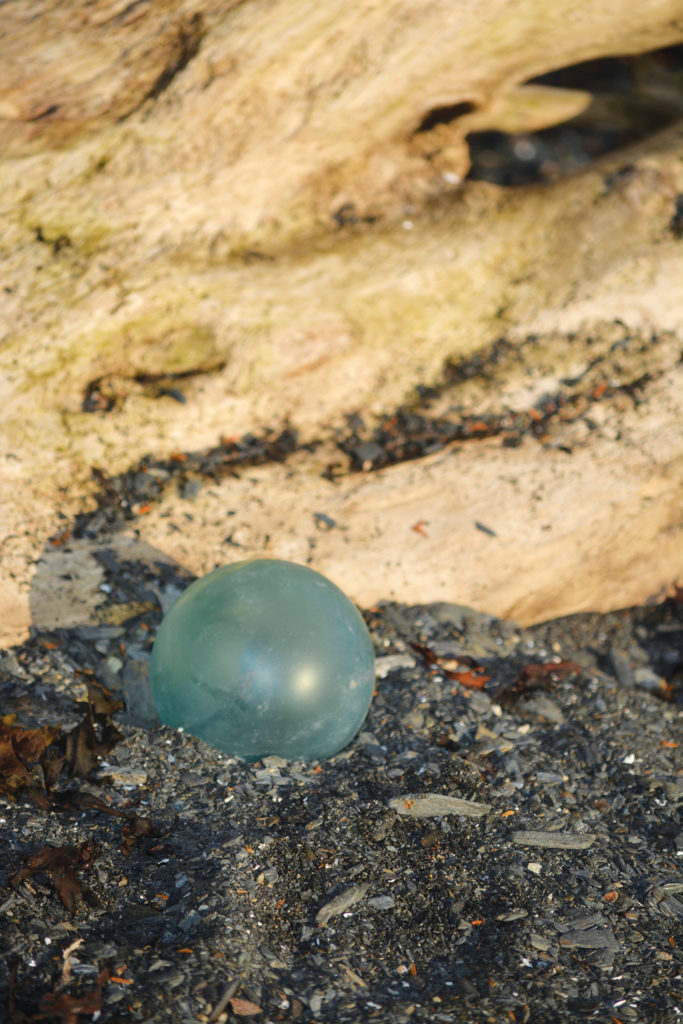
Despite the natural wonders found all along the Pacific Coast, beach glass remains a perennial favorite among some collectors. Beginning as common man-made objects—glass bottles, fishing net floats, electrical insulators, etc.—the waves and rocks can break up the litter to produce shards that are rounded and smoothed in the same way as any rock. The resultant pebbles of translucent glass show up in a variety of colors with frosted surfaces.
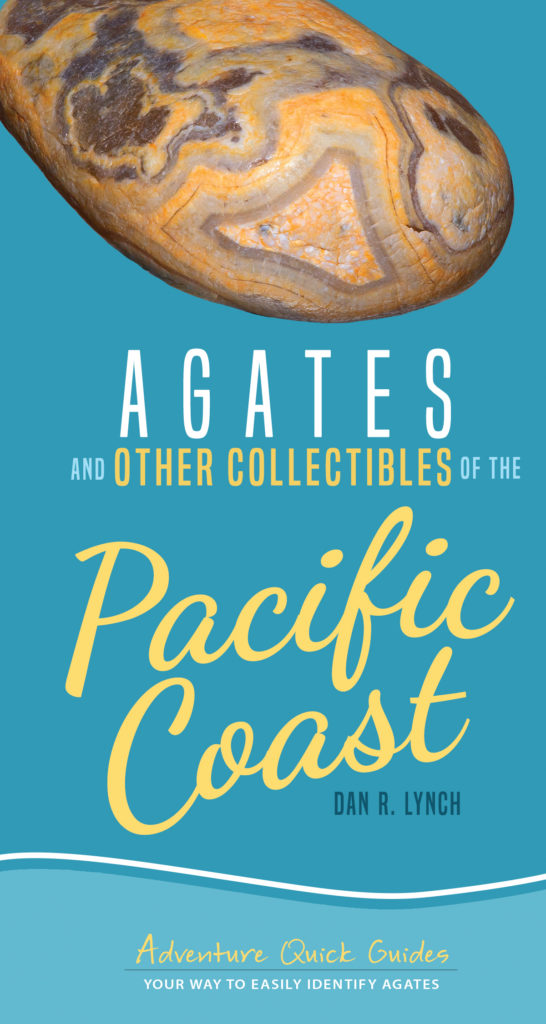
Agates and Other Collectibles of the Pacific Coast by Dan R. Lynch the the perfect quick guide to keep close at hand on your next rock-hunting adventure. Based on Dan R. Lynch’s best-selling field guides and featuring the most common and desirable agates and other collectibles along the Pacific Coast, the booklet is organized by rocks/minerals and then by general appearance for quick and easy identification.
About the author: Dan R. Lynch has a degree in graphic design with emphasis on photography from the University of Minnesota Duluth. But before his love of art and writing came a passion for rocks and minerals, developed while growing up in his parents’ rock shop in Two Harbors, Minnesota. Combining the two aspects of his life seemed a natural choice, and he enjoys researching, writing about, and taking photographs of rocks and minerals.
Working with his father, Bob Lynch, a respected veteran of Lake Superior’s agate-collecting community, Dan spearheads their series of rock and mineral field guides―definitive guidebooks that help amateurs “decode” the complexities of geology and mineralogy. He also takes special care to ensure that his photographs complement the text and always represent each rock or mineral exactly as it appears in person. He currently lives with his wife, Julie, in Madison, Wisconsin, where he works as a writer and photographer.
If you enjoyed this post, sign up for our newsletter now!


